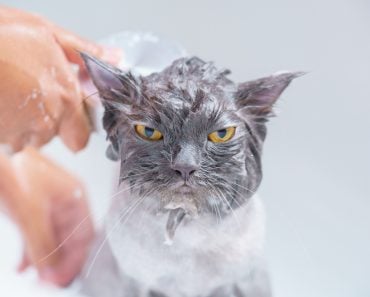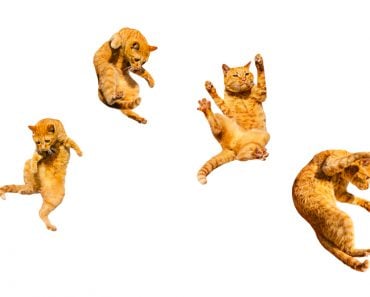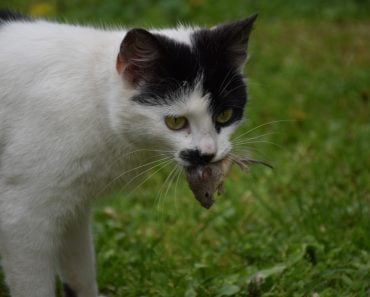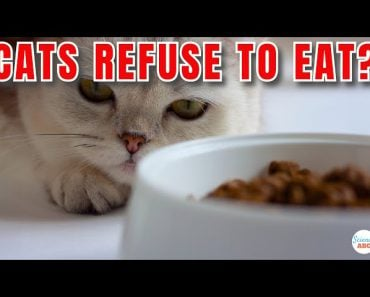Table of Contents (click to expand)
There is no definitive answer as to why cats knead their paws against soft surfaces, but possible explanations range from retaining their kitten instincts and marking their territory to making a comfortable space for sleeping and showing affection.
For those of us who love cats, the list of their endearing qualities and strange behaviors is quite long, but there are some feline traits that stand out above the rest, like their habit of “kneading”! When a cat gently strolls over to you, climbs up on your lap, and begins to gently push its paws in and out on your legs, it’s hard not to crack a smile. This behavior, which is seen across almost all domestic cats, is often called “making biscuits” or “kneading” because of its resemblance to kneading dough while making bread.
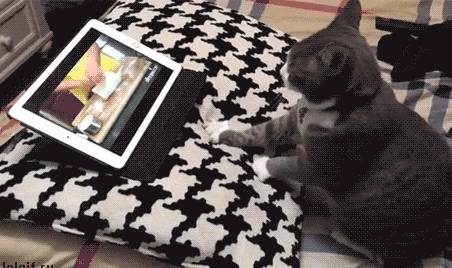
Some cats knead in a small, controlled manner, perhaps just curling their paws slightly against a soft surface that “gives”, while other cats lift their paws high to tamp down the surface, almost like they are marching around in a parade! Aside from how amusing (and potentially tickling) this behavior is, many cat owners and feline fans wonder about the root cause of this unusual action. While a consensus has not been reached among feline experts, there are some strong theories, so, let’s take a closer look at this curious characteristic of cats!
Recommended Video for you:
The Origins Of Kneading
From the time your cat is a tiny kitten, kneading will be a part of its everyday activity. Even before a kitten has opened its eyes, and is blindly sucking at its mother’s teat, it will instinctively begin to knead at the area around the nipple. It has been shown that such tactile behavior will stimulate the flow of milk, which is essential for the kitten to survive and grow. However, as most cat owners know, this kneading behavior persists throughout a cat’s life. Given how early cats develop this habit, some experts believe that kneading is simply a remnant of kitten behavior, one of their earliest instincts that never quite goes away.
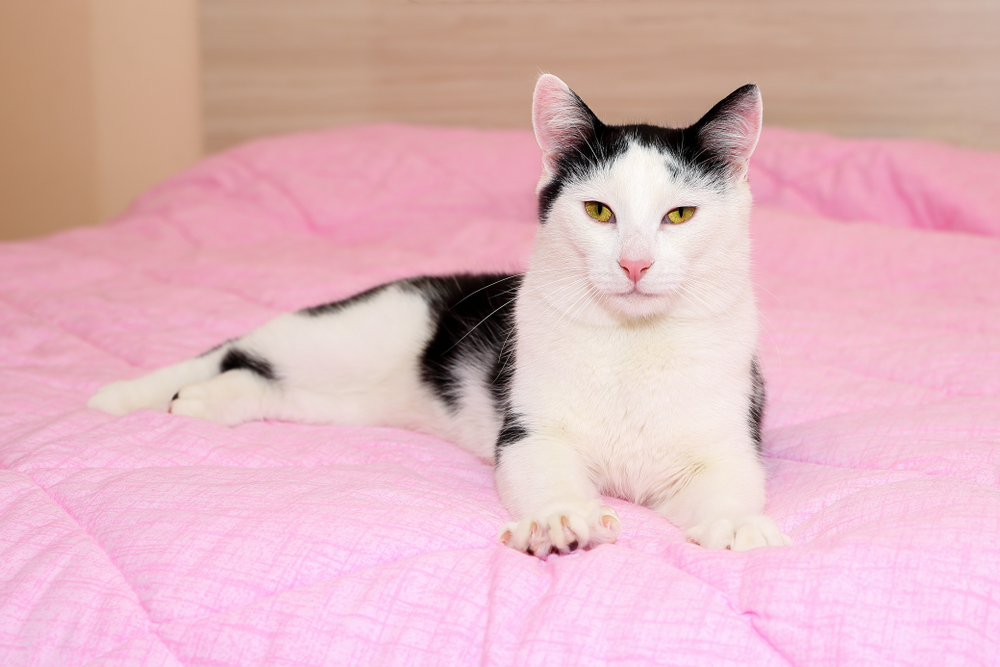
When you see an adult cat kneading a pillow, blanket or your own lap, it’s not uncommon to hear that unmistakeable sound of pleasure—the deep lazy purr—as they gently push and prod on the surface. The association of kneading with the comfort and happiness of being close to their mother may explain why cats seem to enjoy this repetitive action so much. In fact, some cats will even nip or bite at the surface they are kneading, similar to nursing at their mother’s teat.
Another potential explanation for this common behavior stretches all the way back to lions and tigers and the wild cats of the past. When these animals were seeking out safe spaces to sleep and take shelter from the elements, they would tamp down patches of grass in the wild to create a cozy spot for themselves. This would need to be away from predators and secure enough for the animal to sleep, or perhaps even give birth; to this day, cats tend to knead on comfortable surfaces, such as blankets and pillows, but you will rarely see them kneading exposed or flat ground.
Demarcating Its Territory
In a similar vein, there is an argument that kneading is a means of marking a cat’s territory. Physically marking or altering the space can be a way of claiming it, while the scent glands in a cat’s paw leave behind a clear signal to other felines that the spot has already been spoken for! While humans are unable to detect these delicate scents, it is a powerful deterrent to other animals, acting as a further tool of comfort and security for a cat in its home castle!
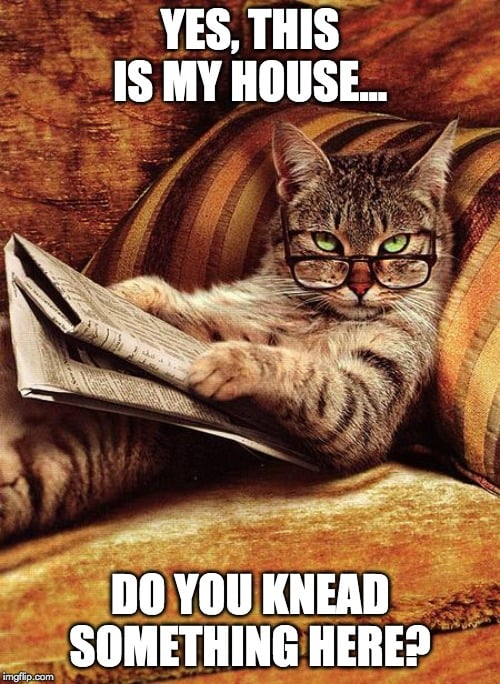
A Sign Of Love
Obsessive cat owners may like the final explanation the best, as it confirms that cats feel just as much love for their owners as their owners feel towards them. Kneading tends to happen on a kitten’s mother, pillows, blankets and other soft surfaces that are good for sleeping on. However, if your cat has a habit of kneading on your body (i.e., belly, lap, legs, chest, etc.), it is a sign that your creature is very comfortable with you, and associates you with the safety of its mother.
Downside Of Kneading
Some cat owners get nervous when their cats begin to knead, as it can resemble the same motions a cat goes through in their litter box, but they are very different behaviors! Kneading is entirely natural and seems like an activity that brings cats a great deal of comfort and joy. If your cat doesn’t have its nails trimmed and begins to knead enthusiastically on your couch, pillows or blankets, it could do some damage, but there is no inherent downside to kneading.
In such a case, either keep your cat’s nails trimmed or train your cat to have designated kneading “areas”. When your cat begins to knead on a surface you don’t want scratched up, gently move them to a designated kneading area, perhaps by luring them with a treat, so they will associate this new location with their favorite activity and a pleasurable reward.
Similarly, some cats can’t get enough of kneading on their owners, but if they get too excited, it can be a painful experience. Proper grooming is key, but keeping a thick towel or blanket around for your lap may also be an easy solution that lets you stay close to your kitty, without the discomfort!
A Final Word
Just as every person doesn’t “want” the same things, not every cat “kneads” the same way. Some will dramatically stomp their feet on their favorite blankets every day, while others may occasionally paw at your belly when it is feeling particularly affectionate. We may not know exactly why cats perform this behavior, but we have a good grasp on the range of possible reasons. So… next time your cat wanders over to make some biscuits on your lap, remember that your kitty companion may just be showing some love because you’re associated with comfort and safety!


